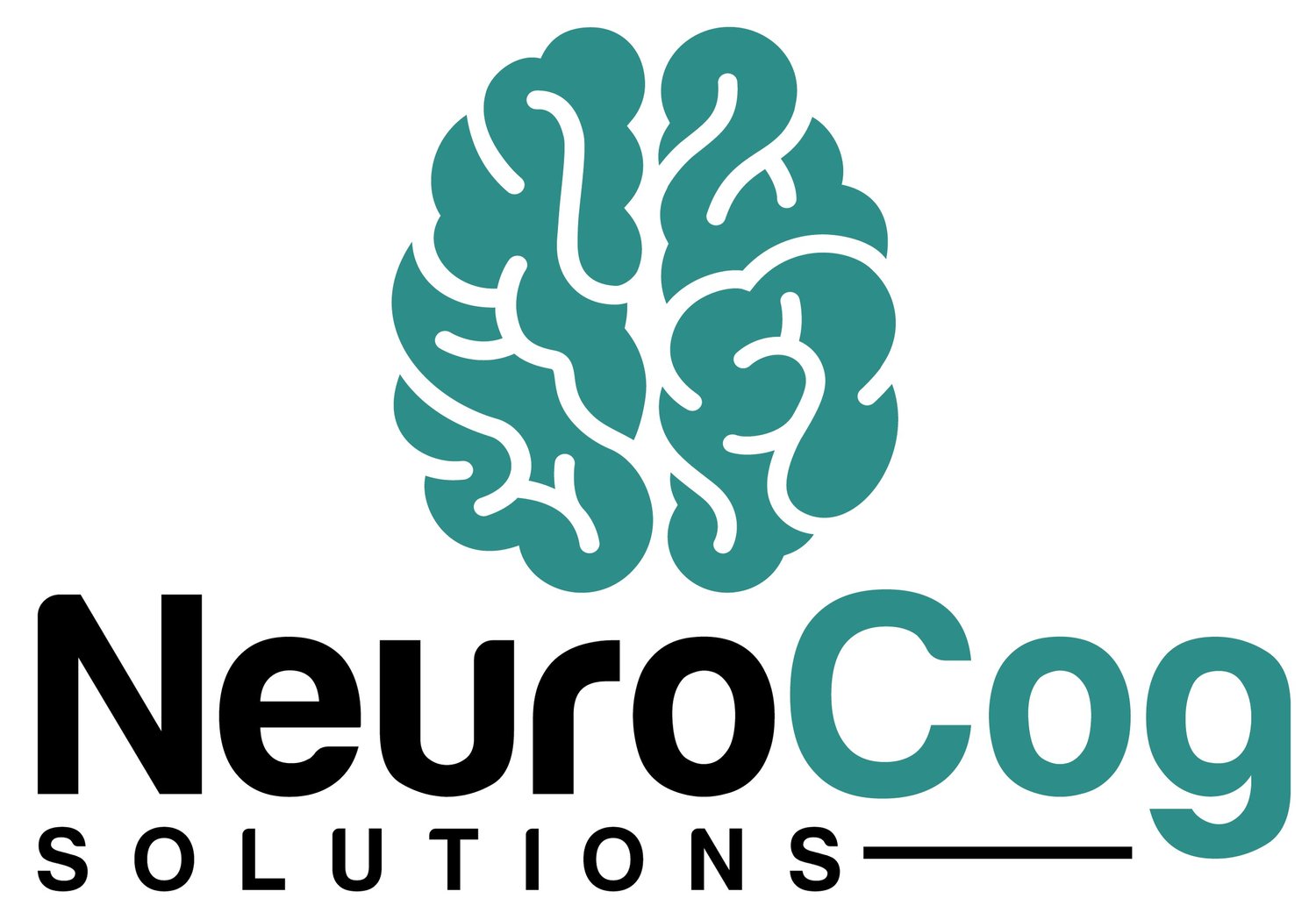What is Frontotemporal Dementia?
Frontotemporal dementia (FTD) is an umbrella term used to describe frontal temporal lobar degeneration syndromes. The three subtypes are called the motor, behavioral and language variants. The language variant is also called primary progressive aphasia.
FTD behavioral variant often presents with personality and behavior changes first. This can look like apathy, social withdrawal, decreased hygiene, repetitive behaviors, lack of empathy, loss of social awareness, inappropriate social behavior, or flat affect. It can also cause dietary changes.
The language variant, or primary progressive aphasia, has several subtypes, but all present with prominent problems in speech and language, including effortful speech, stuttering, difficulties with reading/writing, and understanding language.
The motor variant also has several subtypes, including motor neuron disease, progressive supranuclear palsy, and corticobasal degeneration. Examples of abnormal motor movements include tremors, other involuntary movements, increased falls, trouble carrying out complex motor movements, and limb rigidity to name a few.
As you can see, there are many different types of frontotemporal dementia, which is why it is considered an umbrella term. While there are various neuropathological causes that lead to FTD, they are all characterized by progressive degeneration of the brain.
Some additional facts about FTD:
Prevalence: FTD accounts for 5-9% of dementia case
Risk factors: Family history (20-30% of cases hereditary)
Onset: Earlier than most dementias, develops between ages 45-65 (mean age is 59) and diagnosis older than 75 is rare
Progression: Course is typically more rapid (5-7 years) than other types of dementias (although this also depends on the subtype and whether the individual has comorbid conditions)
Neuropsychological testing can help determine if someone is suffering from FTD. The evaluation can also identify the subtype and status of the disease (early, moderate, severe stage). Medical and therapy interventions, such as cognitive rehabilitation therapy, can be useful in helping increase a patient’s and their loved ones’ quality of life. As with many conditions, early diagnosis is key to identifying treatment interventions and life plans.
